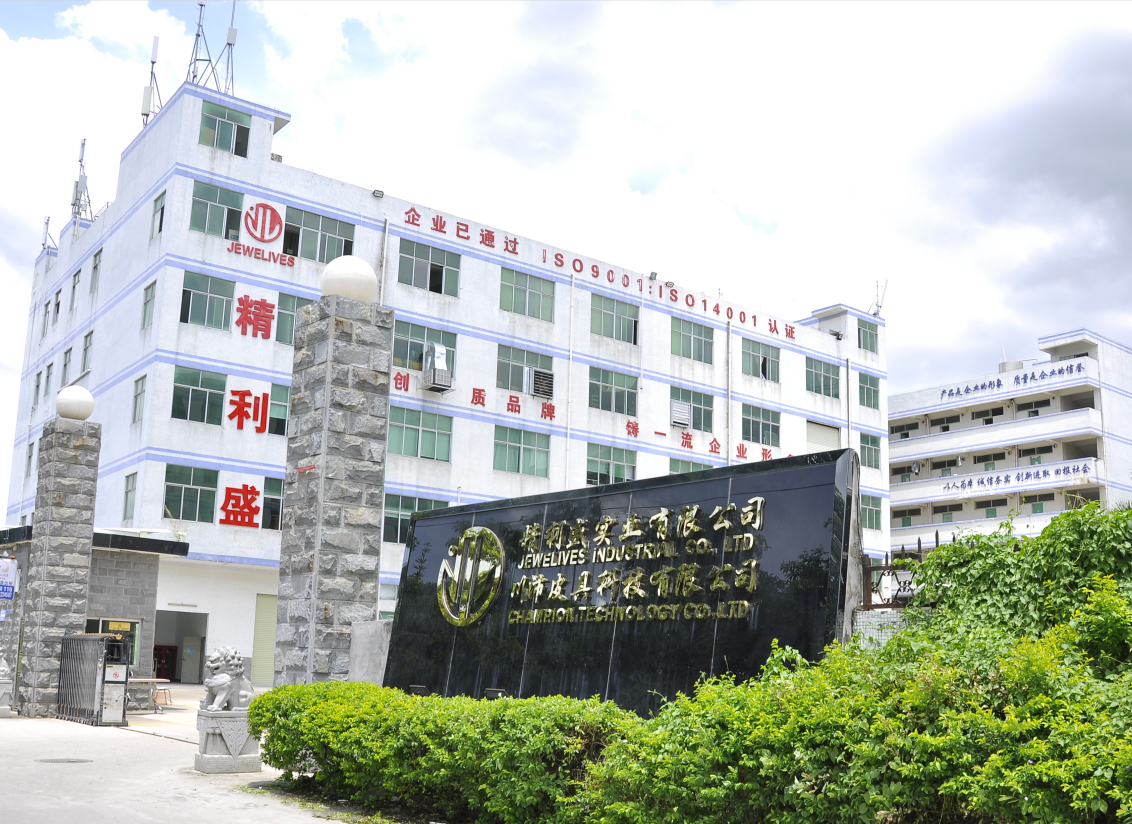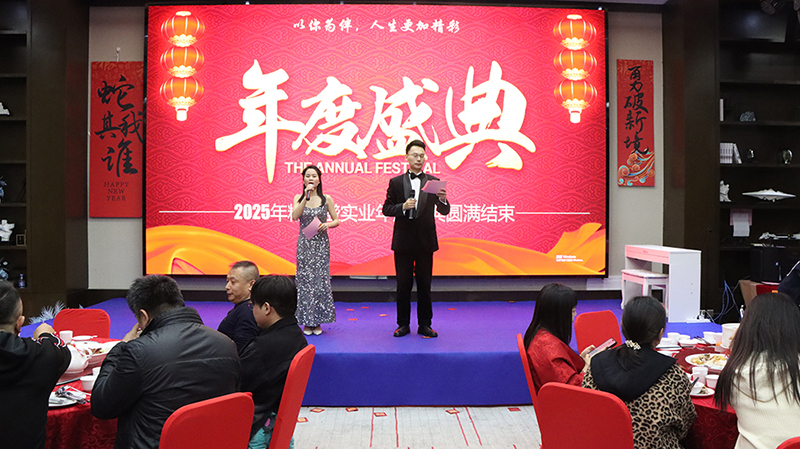Inhalt
Als Chinese silicone exporter with over a decade of experience in the North American market, we understand the dual pressures of rising US tariffs and global supply chain shifts. Yet we remain committed to one principle: sustainable partnerships are built not on short-term price wars, but on long-term value creation—solving your hidden pain points, safeguarding your market access, and empowering your business growth. Below, we share seven strategies to strengthen our collaboration amid tariff challenges, rooted in supply chain resilience, technical innovation, and compliance excellence.


1. Strategic Supply Chain Realignment: Build a Resilient Dual Production Engine
Diversified Production Bases to Mitigate Tariff Impact
To navigate US tariff barriers, we’ve established secondary production and assembly centers in Southeast Asia (Indonesia and Vietnam), creating a global capacity network:
- China Headquarters: Specializes in high-value products like medical-grade silicone and food-contact items, ensuring deep compliance with FDA, ISO 10993, and other critical certifications.
- Southeast Asia Sites: Leverage RCEP tariff benefits (e.g., 15% lower tariffs from Indonesia to the US compared to China) for standardized silicone components, reducing your tariff costs through third-country transshipment.
Case in Point: A US automotive client reduced tariff costs on seals from 35% to 12% via our China-Vietnam capacity switch, cutting total procurement costs by 22%.
Optimized Logistics: From “Monthly” to “Weekly” Delivery
Partnering with DHL and FedEx, we offer:
- Express Air Freight: Emergency orders delivered in 7 days.
- Consolidated Sea Freight: Standard orders in 15 days (10 days faster than the industry average), with 30% lower costs through cargo consolidation.
Our end-to-end customs clearance support minimizes delays caused by paperwork issues, ensuring smooth supply chain flow.
2. Technical Innovation: Translating R&D into Tangible Savings for You
Our innovation efforts focus on one goal: helping you save money, time, and resources.
Energy-Efficient Curing Processes
Microwave vulcanization technology cuts curing time from 30 minutes to 8 minutes, reducing energy use by 40%. Benefits include:
- 8–12% lower unit costs for the same product;
- 50% higher peak-season production flexibility to meet Black Friday or holiday surges.
High-Precision Mold Technology
Our CNC molds (precision ±0.01mm), paired with AI quality inspection, reduce flash defects from 5% (industry average) to just 0.8%.
Your Gain: Lower secondary processing costs (e.g., manual trimming) and an 85% reduction in return rates due to defects (from 2% to 0.3%).
Modular Tool Design
New product sampling cycles are shortened by 40% (from 45 days to 25 days) via interchangeable core inserts, cutting mold development costs by 30%.
Success Story: A US baby products client finalized a new silicone pacifier design in 3 weeks using our modular molds, launching 1 month ahead of schedule for prime market timing.
3. Global Certification & Compliance: Your Passport to Market Access
US regulations (FDA, CPSIA, Proposition 65) are not just requirements—they’re competitive advantages. Our full-life-cycle compliance system ensures:
Comprehensive Standard Coverage
- Food Contact: FDA 21 CFR 177.2600 (including latest nitrosamine testing) and EU EC 1935/2004;
- Safety & Sustainability: RoHS 2.0, REACH SVHC 233, ISO 9001 (quality management), and ISO 14001 (environmental management).
Proactive Compliance Monitoring
- Regulatory Alerts: Real-time tracking via UL Solutions ensures we adapt to new FDA tests (e.g., 2025 LC-MS/MS migration testing) 6 months in advance;
- Document Management: Dedicated compliance archives provide FDA registration, COA reports, and material traceability, enabling a 4-hour turnaround for Walmart/Amazon audits.
4. Special Support Programs: Easing the Transition Together
We offer three tailored measures to help you navigate tariff pressures:
Tariff Relief Discounts
- Annual orders over $500K: We absorb 30% of tariff increases beyond 10%;
- Annual orders over $1M: 50% absorption of excess tariff costs.
Example: A $1M order with a tariff hike from 20% to 30% receives a $30K subsidy.
Extended Payment Terms
New clients enjoy 60-day payment terms (vs. standard 30 days), and loyal clients can apply for 90-day terms, easing cash flow during tariff-impacted periods.
Inventory Planning Support
Data-driven safety stock recommendations and JIT (Just-In-Time) replenishment reduce stockouts:
- Automated low-stock alerts for regular items;
- 3-month hassle-free returns for non-custom products (up to 10% of order volume).
5. Sustainability Commitment: Turn Green into a Competitive Edge
North American markets increasingly demand ESG (Environmental, Social, Governance) accountability. Our initiatives empower your brand:
Green Manufacturing Leadership
- Renewable Energy: 30% of our China factory’s power comes from solar, with a 2025 goal of 100% renewable energy;
- Circular Economy: 90% recycling rate for silicone waste, repurposing scraps into non-food contact products;
- Eco-Innovation: Biodegradable silicone (40% bio-based content) certified by ASTM D6400 for compostability, ideal for disposable tableware and beauty tools.
Brand ESG Enablement
- Provide SGS environmental reports and raw material traceability documents to help your products qualify for “Eco-Certified” labels at Target or Whole Foods.
- Share factory carbon footprint data and ISO 14001 certificates to support your corporate CSR reporting.
6. Service Excellence: From Supplier to Market Partner
We don’t just supply products—we act as your local partner in North America:
Technical Support Without Borders
- 24/7 remote diagnostics via video conferencing;
- On-site engineers dispatched within 48 hours for critical issues (e.g., adhesion between silicone and metal/plastic).
Co-Development for Market Leadership
Collaborate with our Shenzhen R&D lab on North America-specific projects (e.g., antibacterial silicone for medical devices), sharing technology and patent benefits.
Market Intelligence Sharing
Receive quarterly North American Silicone Market Trends Reports, covering FDA updates, Amazon hot-selling categories, and consumer complaint insights to sharpen your market strategy.
Conclusion: Partner for Value, Thrive in Change
Tariffs are a short-term challenge, but shared value is a long-term investment. Choosing us means:
- Tariff Resilience: Diversified capacity to buffer cost shocks;
- Compliance Confidence: Proactive strategies to stay ahead of regulations;
- Innovation Advantage: Cutting-edge technology to boost your margins.
We invite you to reimagine our partnership, not as a transaction, but as a value alliance. Together, we’ll turn tariff pressures into opportunities for growth, ensuring your success in North America’s dynamic market.



